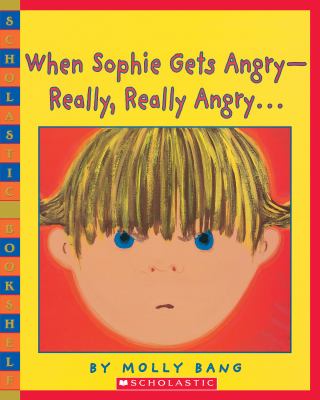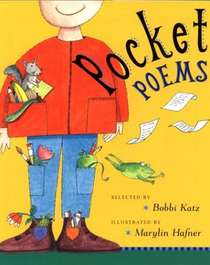
Bridge to Terabithia, by Katherine Paterson
Published October 21, 1977 by Harper Collins
Genre: Fiction Sub-Genre: Young-adult
Themes: Coming-of-age, imagination, relationships, family, economic disadvantage
Awards:
Janusz Korczak Medal (Poland) 1981
Silver Pencil Award (Netherlands) 1981
Newbery Medal 1978
ALA Notable Children's Books 1977
School Library Journal Best Book of 1977
Lewis Carroll Shelf Award, 1978
Le Grand Prix des Jeunes Lecturs (France), 1986
1986 Colorado Blue Spruce Young Adult Book Award
Characters
Primary: Jesse (Jess) Aarons, Leslie Burke
Secondary: Jess's mother and father, and four sisters (Ellie, Brenda, Joyce Anne, and May Belle), Leslie's mother and father (Judy and Bill), their fifth-grade teacher Mrs. Meyers, their music teacher Ms. Edmunds, a school bully named Janice Avery, various other school children, a puppy (P.T., or "Prince Terrien")
This novel follows a ten year old boy named Jess Aarons as he befriends a girl his age (Leslie Burke) when she moves into a house across the field from his own. Hesitant at first to associate with the "odd" girl, Jess eventually overcomes his self-consciousness, not caring what anyone at school might say about this friendship. The two of them begin to spend time together every day and soon discover a somewhat hidden place to play outside, across a creek from the property they both live on. They name their newfound imaginary "magic kingdom" Terabithia. The story is told from the third person, but we mainly see everything that happens from Jess's perspective. Leslie teaches him to really open his mind to new ideas, "think outside the box", and be more creative (not surprisingly, Jess's parents scoff at Leslie and her family, regarding them as "hippies"). Jess's life is complicated by his home situation. The Aaronses don't have much money, and around the middle of the book Jess's father is laid off from his job. His mother is cold and impatient, and his sisters are a pain for Jess to deal with (with the exception of the second youngest, May Belle). Spending time in Terabithia is Jess's means of escape from his unsatisfactory home life, and as the story passes he and Leslie become closer and he, more grateful for his time spent with her and the puppy he gives her for Christmas. One day, tragedy strikes and Jess is left without his best, and perhaps, only friend in the entire world. He finds solace, though, in realizing what a difference Leslie has made in his life and comfort in the fact that he knows he will never forget her.This is a truly touching, wonderful example of a classic coming-of-age story that I have enjoyed the privilege of re-reading for this assignment.
**My first reading of Bridge to Terabithia was in the sixth grade, as part of a literature circle.
I would use Bridge to Terabithia in literature circles in a classroom of my own, or perhaps as the cornerstone of a literary unit in which the entire class would read the book. The discussions within small circles or with the class as a whole would undoubtedly be in-depth and most interesting. This would require proper facilitation, so as a teacher I would put great effort into preparing for such discussions. A story like this one should be taught thoroughly, with great care and precision, because its message of coming into one's own is an invaluable one for children who are around this age. I would most likely present this book to sixth graders only; students who are any younger could potentially become upset by the story's dramatic turn or "miss" some of the deeper concepts that make the book so special.













